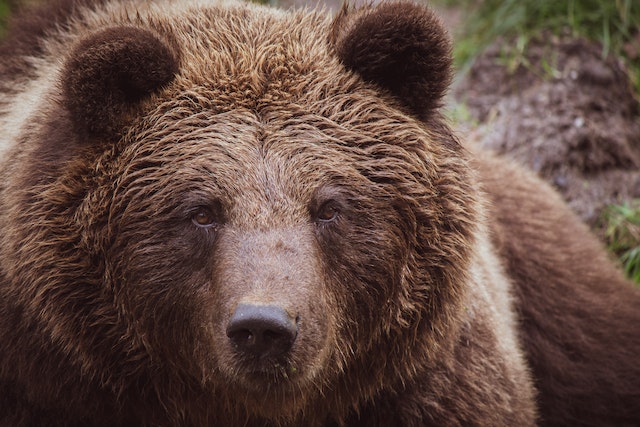Introduction: In the vast tapestry of the animal kingdom, rare and intriguing creatures occasionally capture our attention. One such captivating species is the bear-raccoon, a hybrid creature that combines the unique traits of both bears and raccoons. This article explores the extraordinary characteristics, habitat, and encounters with this feisty and elusive creature in the wild,
Introduction:
In the vast tapestry of the animal kingdom, rare and intriguing creatures occasionally capture our attention. One such captivating species is the bear-raccoon, a hybrid creature that combines the unique traits of both bears and raccoons. This article explores the extraordinary characteristics, habitat, and encounters with this feisty and elusive creature in the wild, providing a glimpse into the wonders of nature’s diversity.
1. The Bear-Raccoon Hybrid:
The bear-raccoon, often referred to as the “barracoon,” is a rare hybrid resulting from the mating of a bear and a raccoon. This unique blending of two distinct species gives rise to a creature with a captivating combination of physical features, behavior, and instincts.
2. Physical Features:
Bear-raccoons exhibit a fascinating blend of characteristics inherited from both parent species. They typically possess the stocky build and shaggy fur of bears, with raccoon-like markings such as the iconic facial mask and ringed tail. Their nimble paws and dexterity enable them to climb trees, forage for food, and manipulate objects, displaying the adaptive traits of both bears and raccoons.
3. Habitat and Range:
Bear-raccoons are found in regions where the habitats of bears and raccoons intersect. They tend to inhabit forested areas, including woodlands, mountains, and sometimes even suburban environments. These hybrids are known for their adaptability, allowing them to thrive in diverse ecosystems with access to both terrestrial and aquatic resources.
4. Feeding Habits and Diet:
Bear-raccoons exhibit a versatile and opportunistic feeding behavior, reflecting the traits of their parent species. They are omnivorous, consuming a varied diet that includes plant matter, fruits, nuts, insects, small mammals, and even fish. This adaptability contributes to their survival in different environments and allows them to exploit available food sources.
5. Elusive and Nocturnal Behavior:
Encounters with bear-raccoons in the wild are rare due to their elusive nature. They are primarily nocturnal creatures, active during the night when they navigate their surroundings with stealth and agility. Their ability to blend into their surroundings and their keen senses make them adept at avoiding detection, further adding to their elusiveness.
6. Caution and Respect:
If one is fortunate enough to encounter a bear-raccoon in the wild, it is important to exercise caution and respect their space. Like their parent species, bear-raccoons are wild animals and should not be approached or disturbed. Observing them from a safe distance allows for appreciation of their unique characteristics while minimizing potential risks to both humans and the animal.
Conclusion:
The bear-raccoon, a rare and captivating hybrid, represents the intricacy and diversity of the natural world. With its extraordinary physical features, versatile diet, and elusive behavior, this creature exemplifies the wonders that can arise when different species converge. Encountering a bear-raccoon in the wild is a remarkable and privileged experience, reminding us of the intricate connections and extraordinary creatures that inhabit our planet. It is a reminder of the beauty and awe-inspiring nature of the animal kingdom, urging us to appreciate and protect the delicate balance of our ecosystems.

















Leave a Comment
Your email address will not be published. Required fields are marked with *